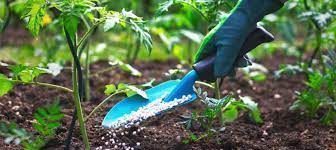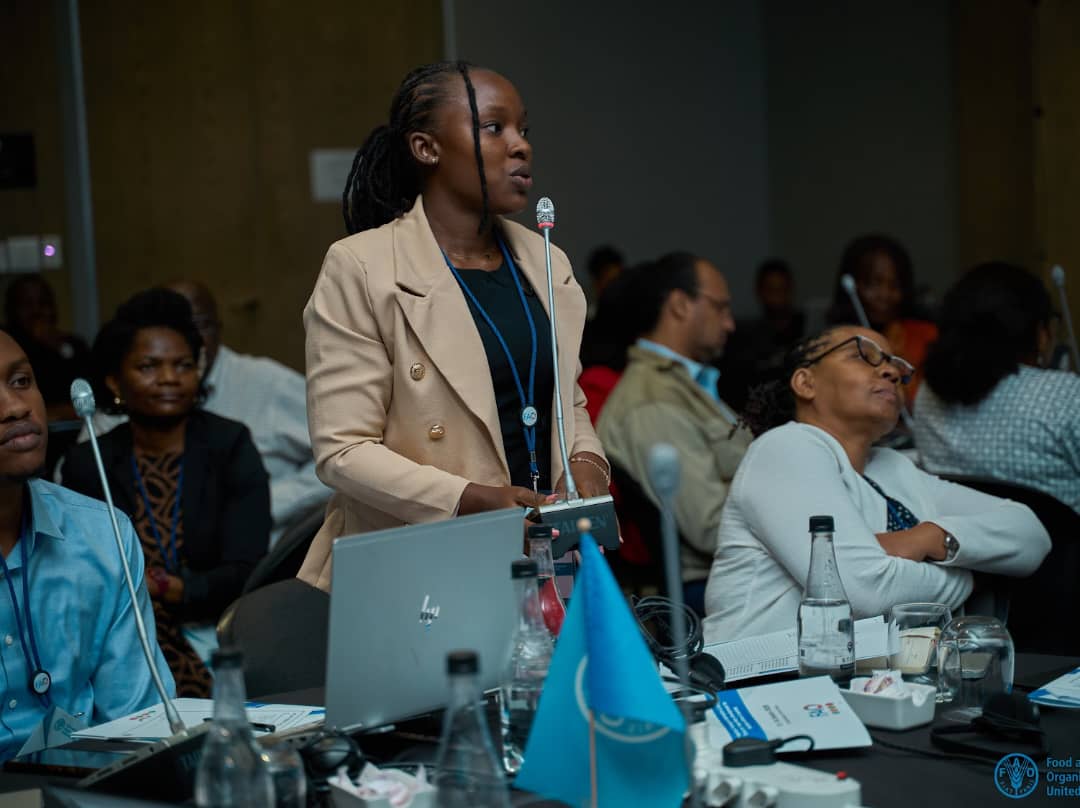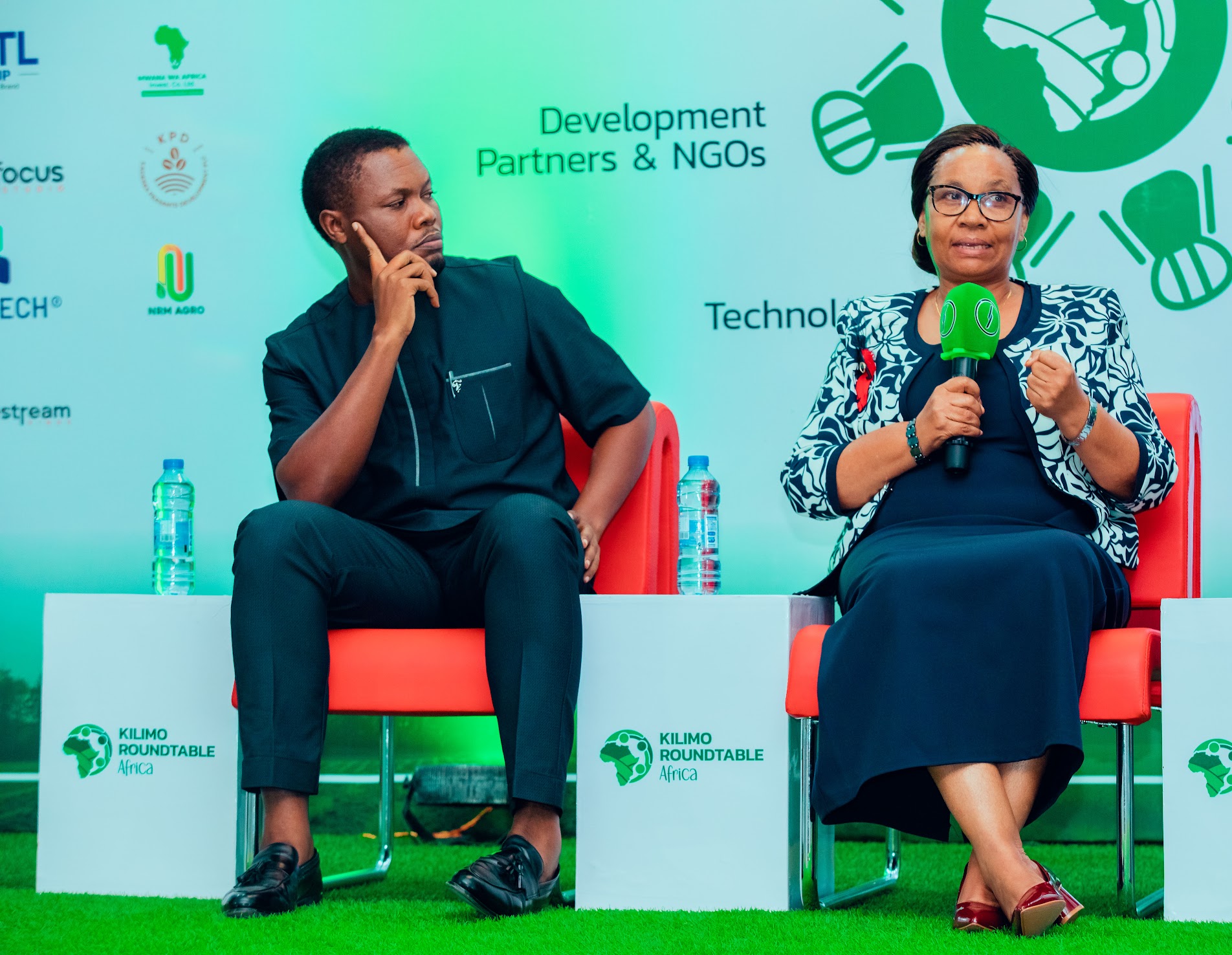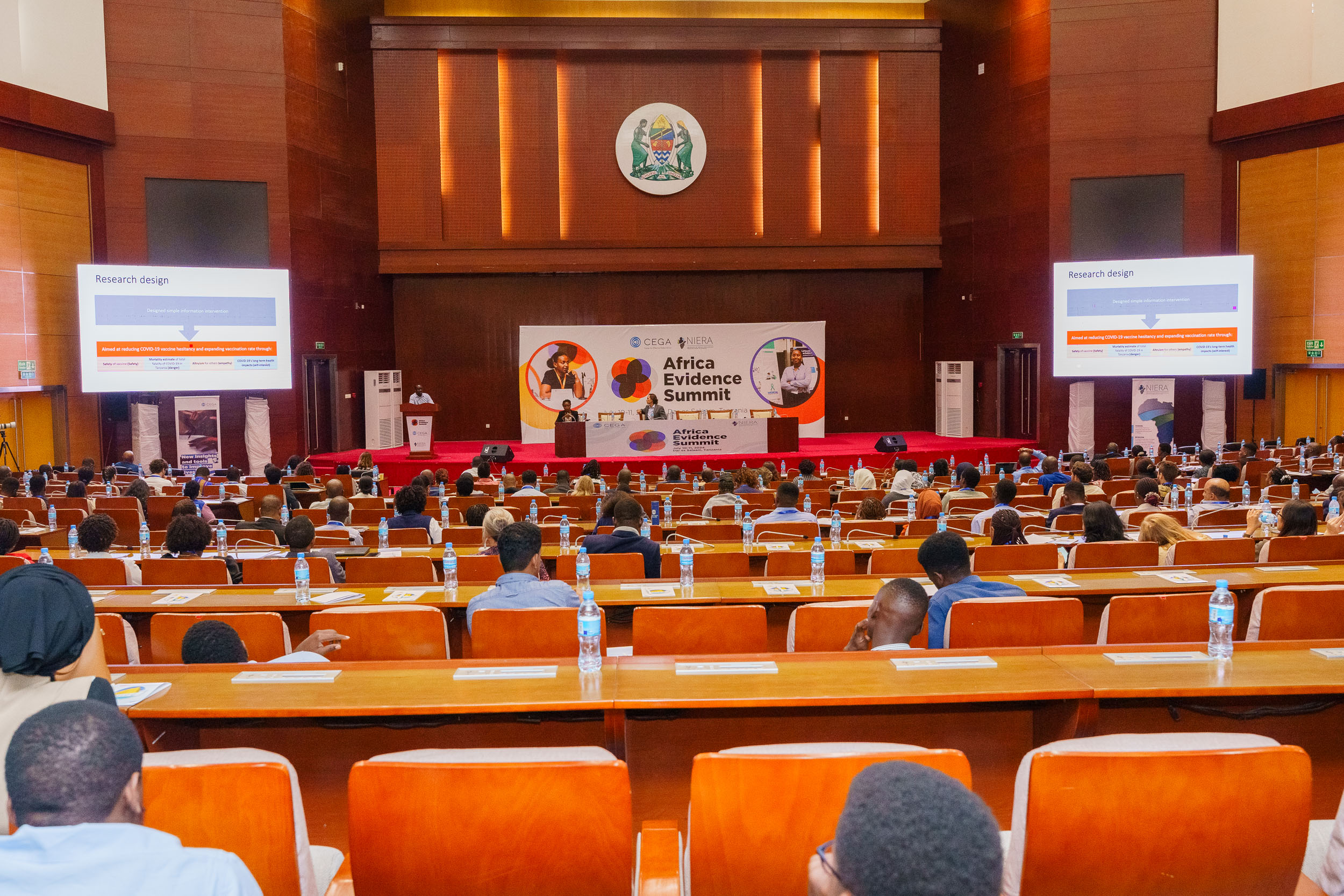Fake News: Debunking beliefs about Fertilizer Quality in Tanzania -16 June 2021
Fertiliser use remains below recommended rates in most of Sub-Saharan Africa, contributing to poor crop yields and poverty. Producers voice suspicion that available fertiliser is often adulterated, but these concerns are (mostly) not backed by reliable evidence. In a prior project with Anna Fairbairn, Hope Michelson, Brenna Ellison and Victor Manyong, summarised on the VoxDev blog, we visited all fertiliser sellers in Morogoro Region in Tanzania, tested their fertiliser, and found the urea, the most common fertiliser, to be of good quality. However, the beliefs of farmers in the region are pessimistic, likely contributing to lowered demand.
This project is in collaboration with with Hope Michelson at the University of Illinois, and Christopher Magomba at School of Agricultural Economicsand Business studies (SAEBS) and Business studies (SAEBS) ,Sokoine University of Agriculture , to evaluate the effects of an information intervention on the supply and demand decisions of agro-dealers and farmers. The study use the random assignment of all 100 markets (in the same Morogoro Region) and nearby villages into treatment and control groups. In advance of the long-rains agricultural season of 2019, information signs and pamphlets in the treatment markets (as well as inform the agro-dealers) were distributed, and hold village meetings in the treatment villages. Baseline data were collected among both agro-dealers and farmers, and scheduled to collect endline data later this summer. Monitoring of fertiliser sales and prices throughout the agricultural season was done. A unique feature of the data collection exercise is the inclusion of all agro-dealer shops in the region – allowing us to capture entry and exit into the market.
For more information click here: https://www.kcl.ac.uk/events/fake-news-debunking-beliefs-about-fertilizer-quality-in-tanzania
Abstarct




